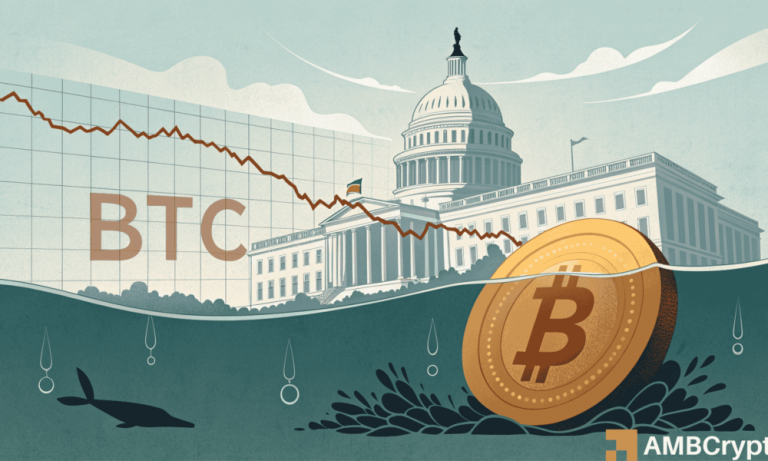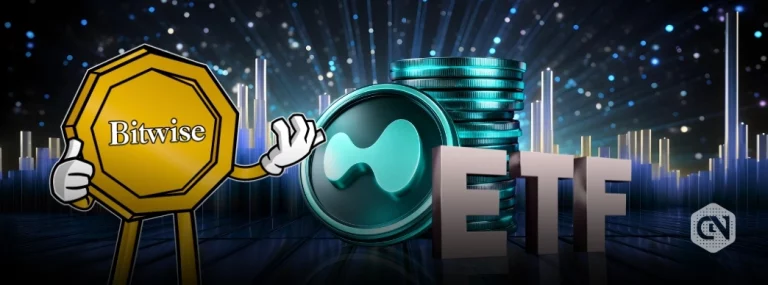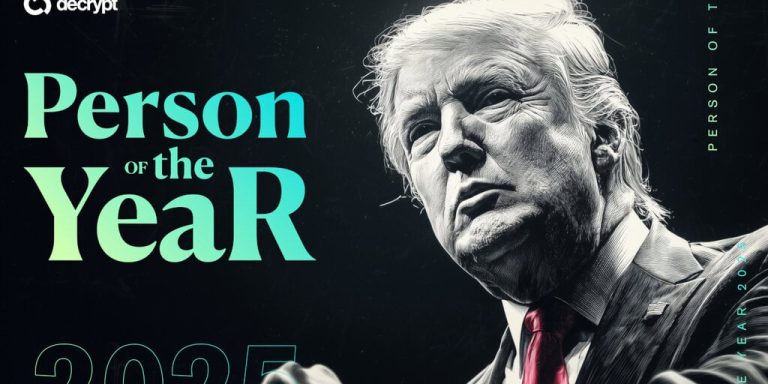
The Transparency Paradox: Balancing Openness and Confidentiality in Blockchain
Blockchain technology has revolutionized the digital ecosystem with its promise of transparency, immutability, and decentralized operations. However, this radical openness—while initially pivotal—has also posed challenges for institutional adoption, particularly in regulated industries.
This challenge, known as the “transparency paradox,” highlights how the same openness that fosters trust can expose sensitive operational details, limiting the growth of blockchain in compliance-heavy sectors. Enterprises often operate under stringent regulations, requiring a balance between transparency and confidentiality to meet legal, competitive, and security requirements.
Why Institutional Adoption is Still in Waiting
While the potential of blockchain is undeniable—experts forecast tokenized assets could soar to $16 trillion by 2030—major players remain hesitant. The barriers? Risks tied to overexposure of financial flows, transactional patterns, and operational data. Public ledgers, while secure, create an environment where competitors, bad actors, and even regulators can see more than what is necessary. Over $2.1 billion have been stolen from crypto services, highlighting the need for refined privacy measures.
Selective Transparency: Paving the Way Forward
Blockchain leaders are now shifting toward selective transparency—a model where verification does not require full disclosure. This approach ensures that while access for regulators and auditors is maintained, critical data like transaction volumes and internal processes remain secure.
An excellent example of this evolution is SilentSwap, a pioneering non-custodial privacy platform for cross-chain transactions. SilentSwap’s innovative system offers API integrations that maintain compliance while safeguarding sensitive operational data. The platform is built with a simple yet powerful premise: institutions deserve verifiable compliance without risking the exposure of every transactional detail. SilentSwap ensures accountability while embedding privacy as part of its foundational infrastructure.
Looking for reliable tools to enhance privacy in blockchain operations? Explore SilentSwap’s V2 platform, designed to empower institutions with unmatched confidentiality and security features.
Trust and Privacy in Web3’s Next Chapter
The next phase of blockchain evolution is defined by how well systems address transparency challenges while maintaining security and regulatory compliance. Privacy infrastructure has emerged as the solution, enabling Web3 to bridge the gap between radical transparency and enterprise-level trust.
SilentSwap’s approach demonstrates how confidentiality strengthens trust at scale. As blockchain systems grow, responsible transparency—built on intelligent privacy tools—will determine whether global organizations integrate on-chain transactions or remain on the sidelines. With projects like SilentSwap leading the way, Web3 is positioned to offer sustainable, secure, and compliant solutions for the future of finance and beyond.
Conclusion
Blockchain’s true potential lies in how effectively it reconciles openness with protection. Leaders such as SilentSwap are proving that privacy and regulation can coexist without conflict, paving the way for broader institutional adoption. As the industry matures, projects that integrate robust privacy frameworks will lead the charge in shaping a secure and scalable blockchain landscape.



